


If you aren't put off by the edgelord tone there is a lot to love here. The freeform fighting definitely opens up combat from the chess based version that we had some version of in every earlier entry of the franchise. This uses its time travel conceit rather well. I will say that this is the first of these where you have to seriously pay attention to what direction you're going. It's not open world but you can easily end up spending a while going in the exact wrong way it's not going to completely strain your thinking past the breaking point just note that you can't really play it on complete autopilot. The themes of Free Will versus determinism are surprisingly well-handled for something clearly geared towards teenagers. Like the ones that came before it in this series, this has at least puzzle that will seriously challenge you and other than that it tends towards one's that are not that difficult. In some ways fighting is easier especially if you choose to simply spam the most powerful moves and let's be honest a lot of us make that choice. I appreciate that some enemies require very special tactics. You go up against these large dog creatures that explode in a fireball the moment they are defeated or shortly after. Which of course means you want to make sure you aren't completely surrounded by enemies when you take one out. Or you'll want to throw your secondary weapon at it to take it out. And it's easy to tell when it's about to die. Yeah you can now pick up a sword, club or the like for your left hand and it can be thrown at any point. Carrying it opens up new fighting moves. This also has a good variety. For certain situations you can grab onto an enemy and do a handful of distinctly different things. There is one boss that makes more than one appearance and if you find yourself not wanting to engage with it every time note that there's no penalty to simply running past it at least some of the times that it shows up.

By this point IO Interactive have completely perfected at least this iteration of the franchise. Everything is improved upon from earlier entries. The biggest game changer here is the ability to arrange supposed accidents which will improve your rating, if you can make it plausible that the deaths that have to happen in order for you to complete any given level were accidental. It has you thinking creatively, exploring, carefully planning things out and it doesn't exactly hurt that the amazing score kicks in when you're just about to pull off something epic, essentially serving as confirmation that what you're about to do, if you get it right, will definitely work. You are given a tiny number of little bombs that can, say, loosen something that's positioned in a place that means it could be part of taking someone out if it fell on them at the exact right time. It is possible to push others, including off tall drops. Every level is spectacular. This was the first time in one of these that given the option to replay everything, I actually eagerly chose to do so rather than skipping certain ones. Not a single one of them is just there to get you from point a to point b. Sometimes you will have multiple targets. In contrast to the second game they went for quality over quantity, similar to Contracts. The upgrade mechanic hugely changes how you play; before this one money in these was basically just to purchase specific guns and the amount of ammo and such. Now you can also improve the ones you have, including stuff like ensuring that you can get your sniper rifle case with its contents inside past a metal detector. It goes without saying that this opens up a lot of options. The notoriety system is quite clever. Basically if you don't take care to hide your identity you will become recognized more and more the further you get. Apparently someone failed at one of the last levels because they were immediately recognized as an assassin.
This adds more to the platforming than Warrior Within. You have to keep track of a bunch of different moves and carefully read your surroundings. This has by far the best boss fights in the trilogy. I appreciate that some people absolutely despise quick time events but when you really only have the ability to run around hack and slash you do have to get creative in order for the boss enemies to be interesting to not simply be the same basic type of thing just with them having much more health. This was when they finally nailed that. Every so often you get taken over by your dark side on account of Sands of Time related magic. He has different moves including for the parkour elements, is a lot of fun to play as and works really well thematically. If the original of these three was the Prince as basically a child experiencing the world for the first time, the second was him as an edgy teenager, this is him growing up becoming an adult. And as such it makes a ton of sense for him to be struggling with the side of himself that is still irresponsible and potentially dangerous. As others have noted this is slightly shorter than the others. I ran into more bugs and glitches and it's definitely good that after this they made a new graphics engine instead of these upgrades that push it right up against the edge of what it can do. The story is interesting following the time travel shenanigans with delivering an alternate present day, thus taking another page from the book of Back to the Future Part Two. This changes the freeform combat somewhat making it less of an exploited cheesy mess. It adds in some very Splinter Cell stealth elements that worked a lot better than I had thought they would. Basically if you manage to get past one of these sections without attracting any attention you won't have to fight in that area. And if you fail it you better make sure to deal with the teleporter that keeps bringing in a seemingly ceaseless supply of enemies.
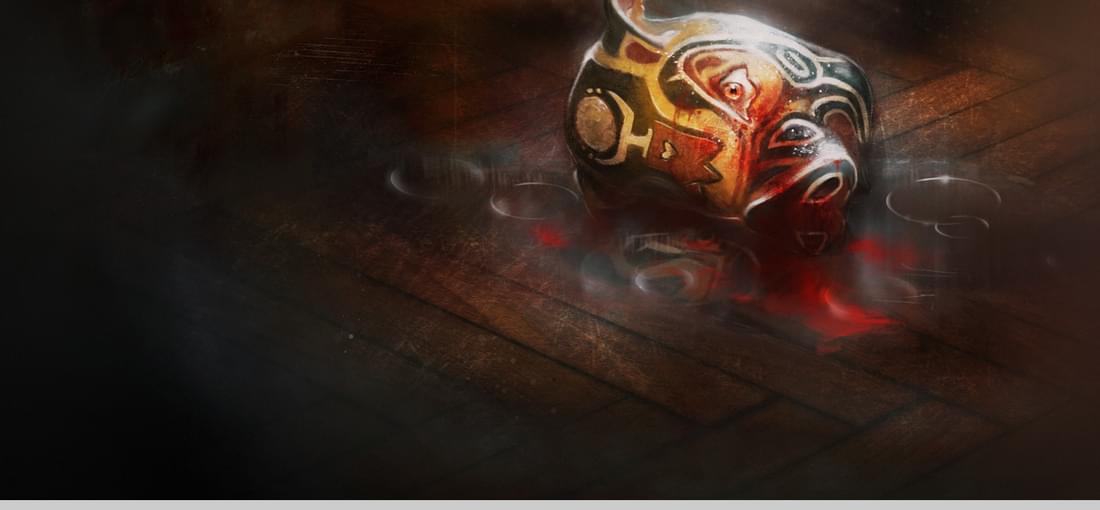
In a number of ways this is a departure from the first. I think it was a wise decision instead of just giving us more of what they already knew for sure people wanted from them. It was basically the culmination of their gradual growth over the first two parts of Penumbra and I hear that the most recent entries in this series are more of that but this and Soma try something different and I really admire that. Also I do think that what they delivered here was legitimately quite compelling. This has by far the least awkward and borderline broken interaction with enemies up to this point. I appreciate that some feel that they're just not quite dangerous enough which is true a lot of the time. It's somewhat like in thief one with some of the smaller enemies. They're incredibly creepy and just based on that you do not want to get too close to them. You can outrun them if they do get close; it's going to take them a little while to hurt you all that much. Honestly dealing with enemies is by far my least favorite aspect of The Dark Descent. They’re impossible to flee if they do spot you, it can be really difficult to tell where they are before they discover you, and I have never been able to get the hiding mechanic to work properly. Overall the narrative is at least slightly over complicated and some will hate that by the end there's still unanswered questions, mystery and ambiguity; I thought it was perfect for this. Let's keep in mind that these are inspired by HP Lovecraft unreliable narrators and uncertainty as to whether something seemingly impossible did happen or if it was someone losing their grasp on reality is a major theme, and this is the best exploration of it of Frictional Games output by that point. I will definitely grant that the puzzles are a step down; there's way too little proper use of the amazing physics engine and I maintain that using the term puzzle about pretty much anything in this game is giving it too much credit - they’re “tasks”.

This is not the most sophisticated but it does deliver intense visceral thrills. It works really well if you try to avoid enemies as much as you can and if you have to hide from one try to leap out of the hiding space when they're fairly close but before they actually find you. This tends to give you just a few seconds head start. Basically they were so surprised that they don't run after you immediately. I've never experienced the stealth and chase mechanics actually failing. Anytime that there is an enemy you want to hide from you can always find a good hiding spot. This is not true of all stealth games. Almost nothing gets my pulse quite as high as this. It's also great the way that you can sometimes block a door by pushing something in front of it after you close it behind you. There are some very memorable antagonists in this and they do a pretty good job of spacing it out so you never tire of any individual one. The plot is fairly ridiculous and mostly exists to stitch together a bunch of levels and scares. Its graphics are pretty good. The pacing definitely does feel like a roller coaster. Personally I think the pacing is better in the Penumbra and Amnesia games. In this one it kind of goes very extreme from almost right away. There's a room maybe four minutes into this that has 10 decapitated heads. You don't see the results of violence quite that intense right away in those games. It was only on one of my replays especially when I had just played Frictional Games titles but eventually I did end up kind of wishing that this would have just slightly more complexity to puzzles and such. Basically there's some key hunts other than that it really is just going from point a to point b. I believe the idea was that they wanted you to focus entirely on the enemy encounters and not be distracted from them by the puzzles. And in fairness I do think that for example Amnesia the Dark Descent has the polar opposite problem, though I do overall prefer that to this.
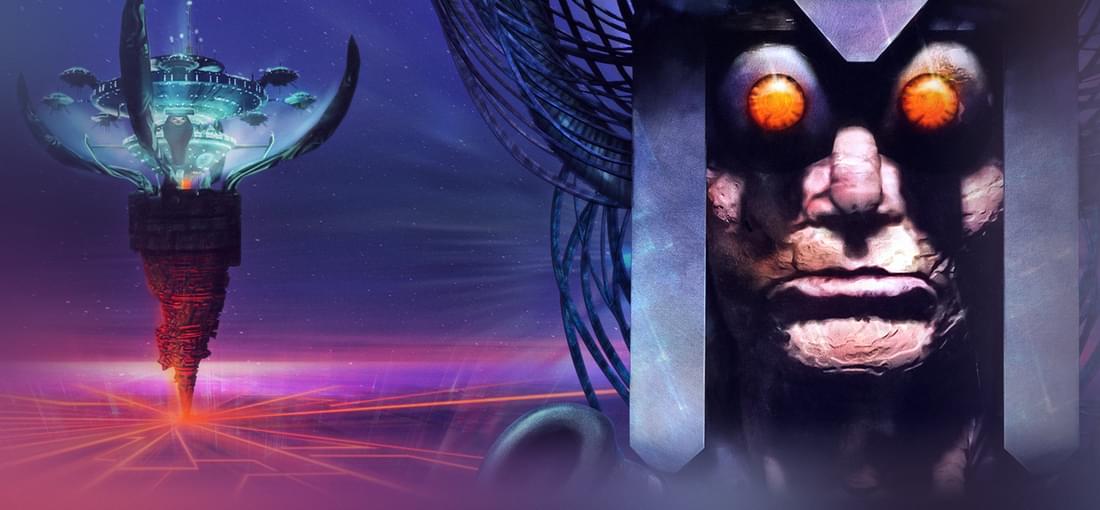
I've also heard a lot of good things about the remake. But this one is just very difficult to recommend. The controls are very awkward, something that is improved in every Looking Glass game after this one. In general it does feel a lot like they got very close to nailing it but came up just slightly but frustratingly short. The graphics themselves are basically fine for the time. It does feel rewarding to play; over the course of it you get access to new equipment and weapons. It's legitimately compelling to manage your inventory and figure out what to keep what not to. There's a lot of stuff that hypothetically would be great in situations but then there’s other things that also have a lot of appealing traits. The role playing game elements are not as far reaching as the second game and especially when compared to stuff that came later and was also Action RPG hybrids. This game stumbled so Deus Ex 1 could run. The first person shooting is fine for when it came out. There are a lot of enemies that have incredible creative designs. This features some of the most effective nightmare fuel in any video game ever like right up there with Silent Hill. There's this one cyborg that is a human upper body attached to metallic spider legs. You feel the intense agony that they're going through. Spoony himself pointed out that this is actually one place where this does surpass the second one. As a fan of Gibson myself I do greatly appreciate the visual space that the hacking takes place in. I've played a lot of games where hacking boils down to a very simple minigame or (and I appreciate the realism) text-based interaction. In this you genuinely fly in a 3D space. It really feels like it leapt right off the page of Neuromancer. The story doesn't reinvent the wheel. It felt like a letdown because I played the follow-up before this one but if you do these in the order they came out I'm pretty sure you'll be mostly satisfied. This features at least one deeply memorable antagonist.
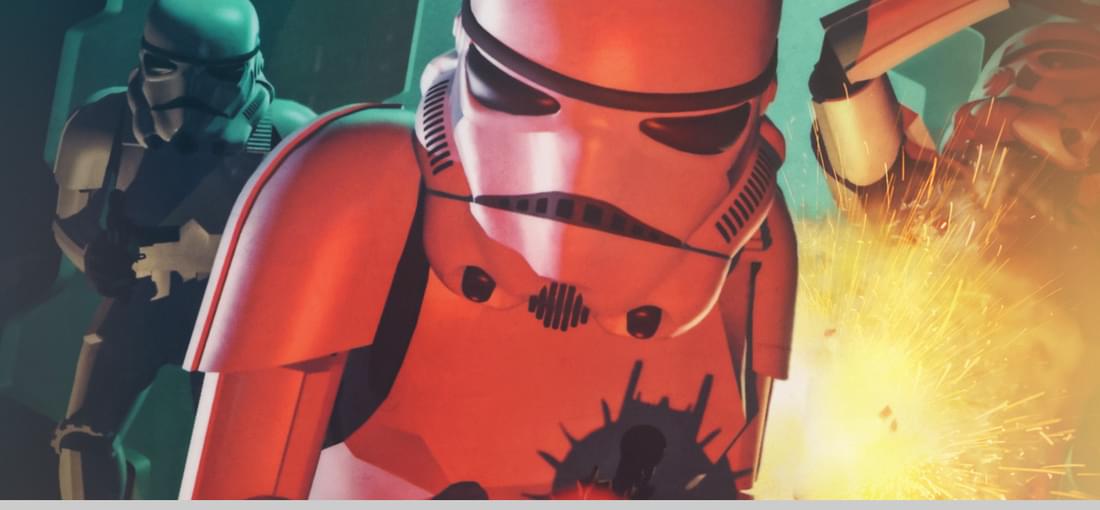
I know some people who refer to this as “that one in the series that doesn't let you use a lightsaber”. And this is of course an entirely accurate assessment. With that said it is still worth going back to. In fact by the time I finally got a chance to play it I had played the three sequels and Mysteries of the Sith. You'll enjoy this once you accept the fact that it doesn't in fact not let you use a lightsaber or Force Powers, and place it in its correct context. This was a time where there were a wealth of first person shooters, a lot of them reveled in being offensive, really violent, provocative in subject matter and such. We got a lot of great games out of this trend. This one does not try to do that same thing; rather it is a bit of Star Wars Expanded Universe, taking a character who I understand was already appearing in other media, letting you play as him and allowing you to take on waves of Stormtroopers. It's very natural that this subgenre started with allowing the player to gun down 1940s Nazis and later we got this game where you take on space Nazis. The story is quite good, I found myself determined to experience the entirety of it despite knowing significant chunks of it already. The shooting itself is quite satisfying and you get to use guns from the Star Wars universe. At this point Kyle Katarn is very much Han Solo; he becomes a mix of that and Luke Skywalker in the sequels. This is of course very effective for appealing to fans and also casuals, since it's undeniable Han Solo is a lovable rogue. This is far from the first Star Wars game or even the first really beloved one but one can't claim that all of them got four main entries and one expansion pack. The puzzles are pretty good. Level of challenge is reasonable. There’re parts that really put you through the ringer but it's not obnoxious and frustrating. This truly does feel like you're in the Star Wars universe. Not as much as the sequels but considering technical limitations? Impressive.
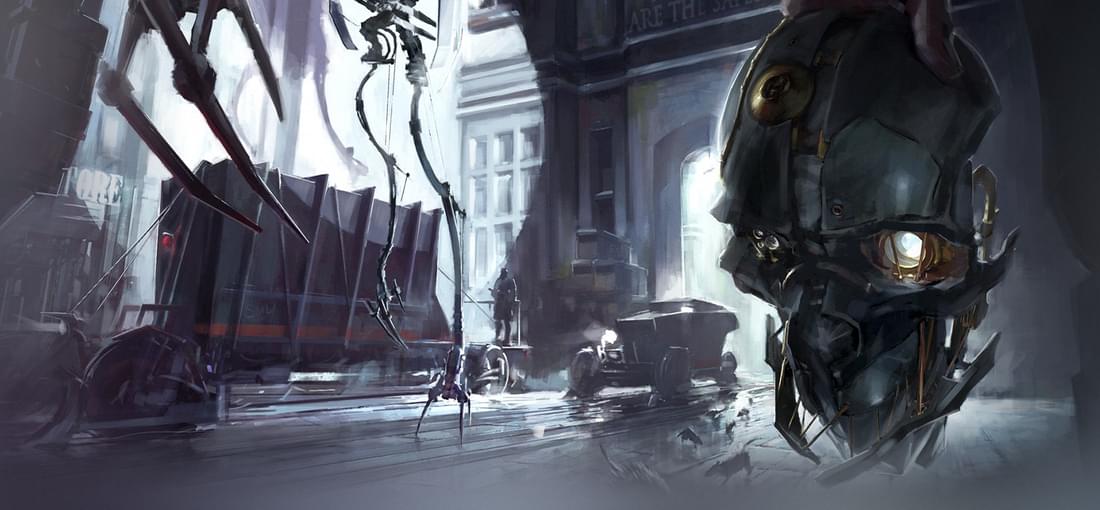
I really wanted to love this. My review is not based on bitterness. It really looked like this would be a spiritual successor to the Thief trilogy and I definitely think that it could have been. Unfortunately the stealth is broken. Enemies can see you at ridiculous distances, even when you're in the dark, occasionally even through solid objects. While there are a few weapons that do fit stealth, some of the ones that are the most effective really don't despite the fact that combat is clearly discouraged. You are meant to get through this getting discovered as little as possible frankly if you can make it so that it never happens that's ideal. But it's just not engaging; it feels too punishing. Again I say that as someone who loves the first two Thief games which also have a very high difficulty because those you actually succeed when you really apply yourself 90% of the time. There's occasional issues here; those are the norm and it's too bad because it is a great world and very chilling. And you find yourself determined to fix it. The plot may not be incredibly original but it is undeniably easy to get into. You feel great catharsis, confronting those that wronged you. Graphics are quite good. I really wish that the magical abilities were more dependable because there genuinely are some incredibly clever ideas there. You can get very creative with for example the ability to move around as a rat allowing you to get into places that otherwise a human would not be able to because of size. Teleportation is smooth and deeply satisfying to use. There are things in this game that I haven't seen anywhere else which I would argue is one of the things you should set out to do when you make a piece of media deliver an experience that has never existed before. I found myself stumbling accidentally into perfect solutions to some of the objectives by accident whilst just doing recon. This was also my experience with Hitman Absolution its contemporary. Not great years for stealth
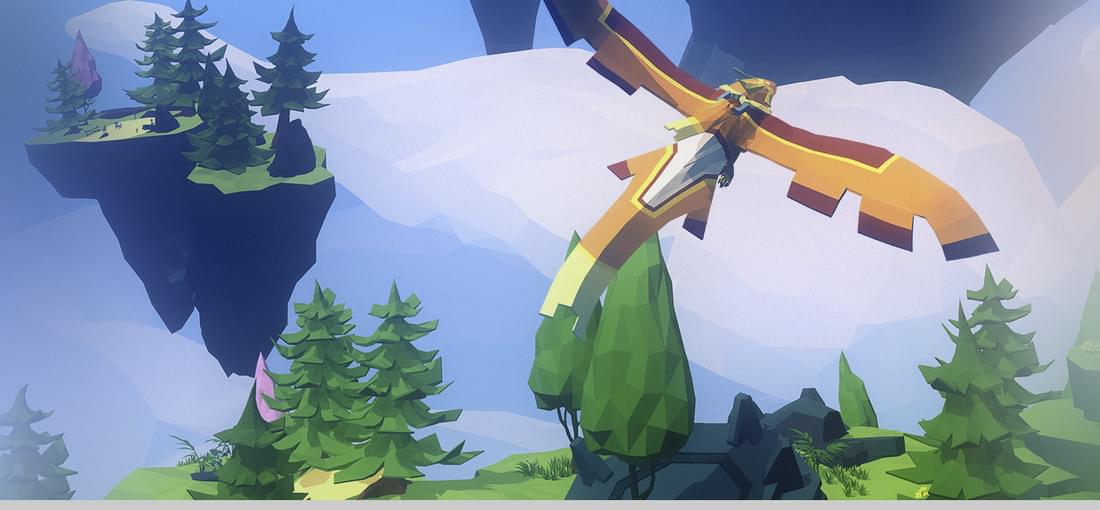
This is one of those where expectations are one of the main determinants of whether or not a certain game is going to feel satisfying for you. Most criticisms I have encountered come down to that. Some of what I'm going to say might sound negative. I assure you, it's neutral. Flight is soothing and never used for anything other than when you travel around an open but empty world. You can't use that at all inside despite some of the inside areas being kind of big and featuring travel and backtracking. The ending does not deliver all of the things we expect from video games today, but ultimately I would argue it shouldn't. Don't get me wrong, if this cut to credits just 30 seconds earlier I would find it deeply frustrating. It's very much one of those things where they don't give you what you want, but something interesting and unexpected instead. This was clearly a passion Project. The platforming like everything else about this is never actually challenging. There are no fail states. If you miss a jump you just have to walk and jump to get back to the part that you failed at. Similar for the puzzles which you can brute force if you feel like. And otherwise, the solutions tend to be easy to get to. They're based around jumping, pattern matching, and that sort of thing. All of these gameplay elements help you appreciate the world that this puts you in, and allow you at least some engaging with it. This game is somewhat similar to Dear Esther and Adios; it's not so much that you are engaging in challenging gameplay as you are moving through a compelling short story. I love all three of these; I wouldn't if they were just a third longer than they are. The achievements encourage you to explore, There could be more of them and this could also easily have implemented collectibles, if they wanted to increase replayability. Personally, I don't think I'm likely to play this a second time, though I wouldn't rule out going back and taking flight again. A great way to de-stress.
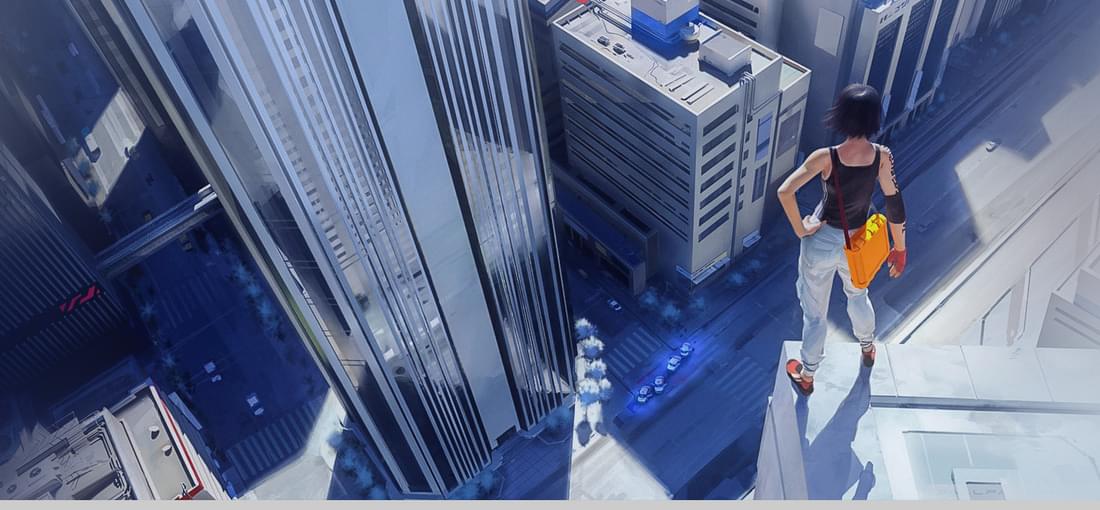
It takes a little bit of getting used to, but once you do reach that point, this has incredibly cool first person parkour. I've seen some express frustration that this is not purely set on rooftops, and I get being disappointed if that really was what you were expecting; I don't think it's quite realistic for that to be the entirety. And while I respect that some disagree I was personally quite happy with the other settings including inside various buildings and the subway which includes dodging trains(!). It's incredibly satisfying making a difficult jump and there's sufficient variety over the course of it. You'll wall-run, jump from very high up, take on enemies. I've played all the way through this about half a dozen times now and have never felt like you're stuck doing the exact same thing for too long. I love the freedom you're given when dealing with enemies. It is entirely feasible to engage in hand-to-hand combat with nearly every enemy that you encounter. You can also choose to disarm them, which then opens up the option to simply toss away the weapon, or to use it and shoot your opponents. I recommend that you try each of these options at least once, and determine what you prefer; I haven't encountered that many games where each of these is equally useful. Frequently you will clearly be encouraged to do one of these things. Certainly here some are easier than others, but that's as far as that goes. The graphics are pretty good and hold up decently. Given the intensity of a lot of the gameplay and the psychological effect of jumping off the tops of buildings, they made the decision to eliminate certain colors whilst highlighting others. This feels slightly awkward at first but I agree that it was necessary and as soon as you have adjusted to it, which should happen in 30-40 minutes, you find that it doesn't actually strain your eyes, though It might do so until then. The world this is set in is genuinely compelling; a fascist state.